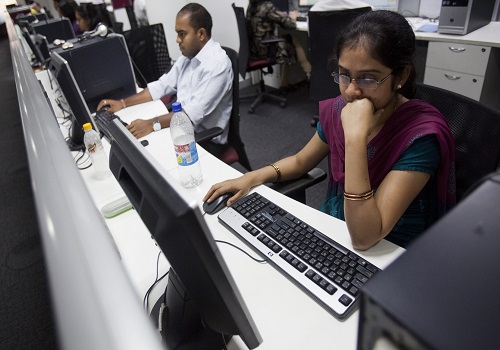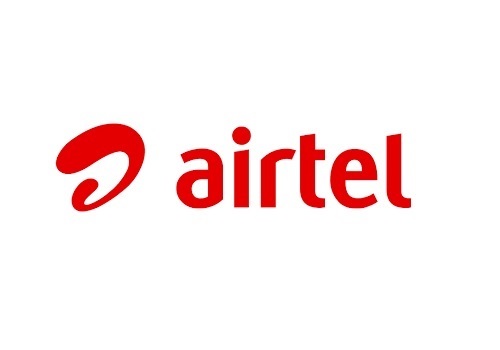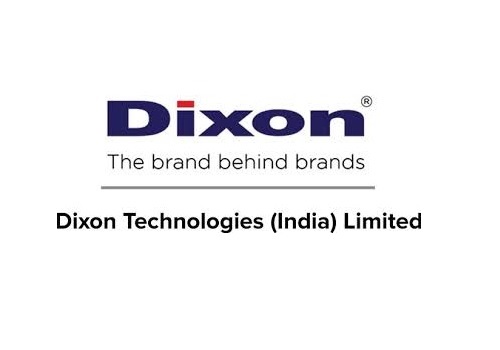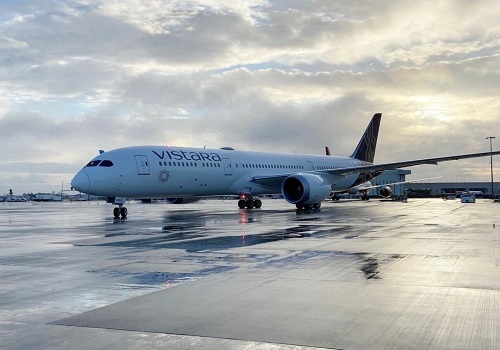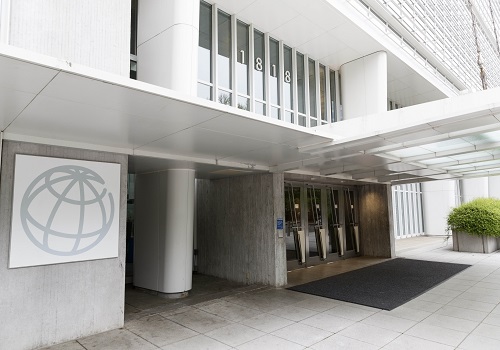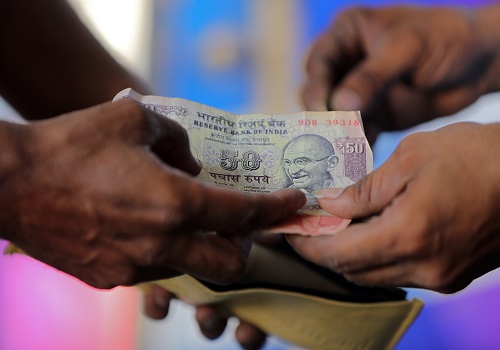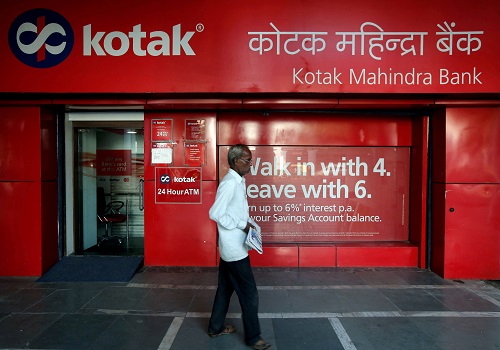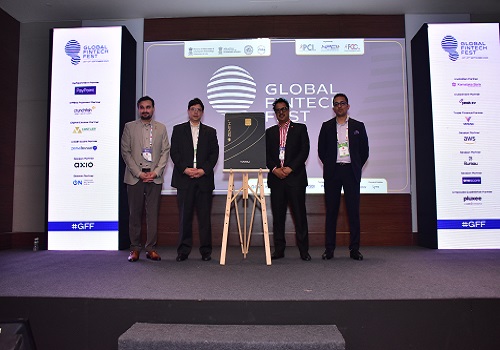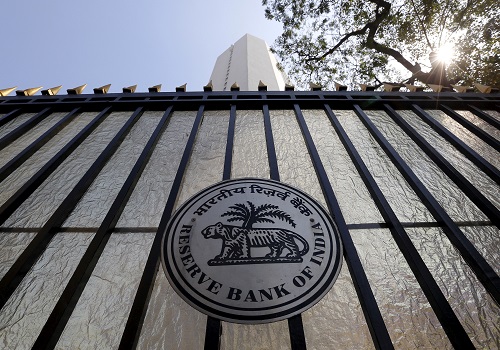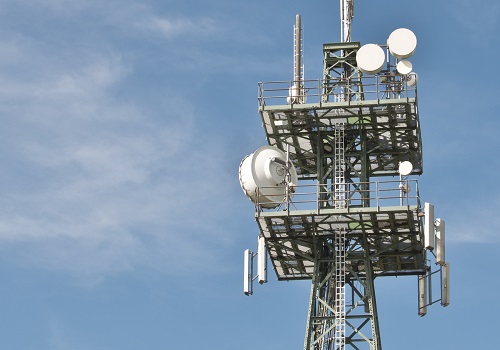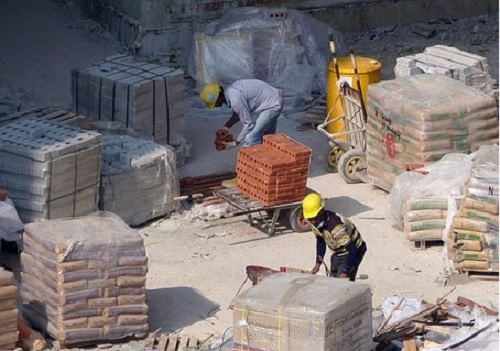Banking and Financial Services Sector Update : RBI’s FSR – Well placed to weather credit shocks; stress scenario better than earlier envisaged By ICICI Securities
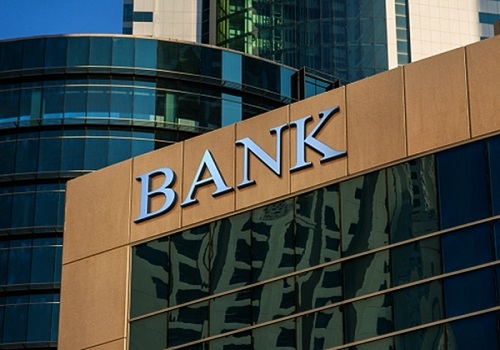
Follow us Now on Telegram ! Get daily 10 - 12 important updates on Business, Finance and Investment. Join our Telegram Channel
https://t.me/InvestmentGuruIndiacom
Download Telegram App before Joining the Channel
RBI’s FSR – Well placed to weather credit shocks; stress scenario better than earlier envisaged
We draw the following inferences from the RBI’s Financial Stability Report (FSR) – December 2021:
Current asset quality position and stress test suggest SCBs have emerged more robust and are generally well placed to weather credit-related shocks. Stress test for UCBs and NBFCs present a more varied picture.
* GNPA ratio of all SCBs may increase from 6.9% in Sep’21 to 8.1% by Sep’22 under the baseline scenario (compared to 9.8% earlier envisaged for Mar’22) and further to 9.5% (11.22% earlier for Mar’22) under severe stress.
* PSBs’ GNPA ratio of 8.8% in Sep’21 may deteriorate to 10.5% by Sep’22 under the baseline scenario (12.52% earlier envisaged for Mar’22).
* For PVBs, the share of bad loans may rise from 4.6% to 5.2% (6.04% earlier envisaged for Mar’22), and for FBs, it is estimated to increase from 3.2% to 3.9% over the same period (5.35% earlier envisaged for Mar’22).
* All 46 banks would be able to maintain CRAR above the prescribed minimum capital level even in the worst-case scenario.
* Parallel upward shift of 2.5 percentage points in the yield curve would lower the system level CRAR by 77 bps and system level capital would decline by 5.6%.
* For NBFCs, in case of a high risk shock of 2 SD increase in the GNPA ratio, the CRAR of the sector would decline by 30 bps to 26.3%, with no impact seen in case of 1 SD shock.
Credit quality position across sub-segments in Sep’21
* Annualised slippages run-rate for SCBs was 3.6% in H1FY22 with private banks running relatively higher at 4.4% compared to 3.3% for PSU banks. For private banks, GNPAs rose in H1FY22 for housing and vehicle loans and PSBs are running more than 10% GNPAs in credit card.
* Loans in SMA buckets also declined; however, SMA categories have witnessed adverse migration across categories.
* Retail credit confronting headwinds – 1) 90 + days past due (dpd) have risen from 2.4% in Q1 2020 to 3.01% in Q3 2021. 2) Origination volume from NTC consumers has fallen from 17% in Q1 2020 to 14% in Q3 2021. 3) Inquiry volumes by risk-tier show leapfrogging of credit demand from sub-prime consumers, particularly after the second wave; 4) growth in credit active consumers has, however, moderated consistently since September 2020.
* Adverse score migration was witnessed from super-prime and prime categories to below prime for retail loans during Jun and Sep’21.
* In MSME segment: Transition of low- and medium-risk MSME borrowers to high-risk category remains noteworthy between Mar-Sep’21 – one-third downgraded from CMR 1-3 and CMR 4-6 and only 11% upgraded from CRM 7-10.
* Higher offtake was recorded by private, corporate and household sectors in the form of working capital and term loans.
* Industrial sector credit turned positive, contributed by PVBs and FBs, after contracting over the previous two years.
* Credit absorption by PSU corporates remains robust (>10% YoY growth), while nonPSU corporate credit languishes for both PSBs as well as private banks.
Outcomes of resolution analysis
* Need for additional provisioning at early stages of impairment to internalise the costs imposed by delay in resolution of assets.
* Incentivising all channels of resolution to avoid delays.
* Reviewing provisioning norms in the light of actual recovery-related data.
* Risk of deferral of unviable units at the cost of imperilling ultimate recovery needs to be guarded against
ECLGS granular profile
* Nearly Rs2.82trn was sanctioned till November 12, 2021, of which Rs2.28trn was disbursed (Rs1.94trn by SCBs, forming 20.6% of incremental credit during the period).
* Guarantees of value up to Rs10mn formed 51% of aggregate guarantees.
* 66% of guarantees have been issued to micro, small and medium enterprises.
* PVBs showed greater proclivity than PSBs for utilising the ECLGS scheme, covering a larger number of beneficiaries.
* MSME portfolio of PSBs and PVBs indicates accumulation in NPA and SMA-2 categories in Sep’21 relative to Mar’21.
Other highlights
* A few NBFCs resorted to heavy CP borrowing in Jun-Aug’21 and for 3 NBFCs it was almost equivalent to 25-30% of its on-book assets. We believe it needs to do with capital market related financing activity for some of the NBFCs.
To Read Complete Report & Disclaimer Click Here
For More ICICI Securities Disclaimer https://www.icicisecurities.com/AboutUs.aspx?About=7
Above views are of the author and not of the website kindly read disclaimer



